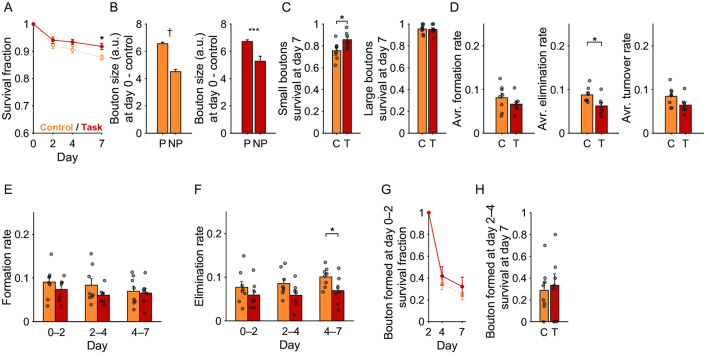Fig 5. Dynamics and stabilization of thalamic boutons during motor learning.
(A) Survival fraction of the pre-existing thalamic boutons up to day 7. Red, thalamic boutons in trained mice; orange, thalamic boutons in control mice. * p < 0.05. (B) The day 0 sizes of the pre-existing boutons that persisted until day 7 (P) and those that did not (NP). † p < 1× 10−11, *** p < 0.001. (C) Day 7 survival rates of small and large pre-existing boutons. Those pre-existing boutons whose sizes belonged to the lower and upper third were defined as small and large boutons, respectively. C, control mice; T, trained mice. (D) The formation, elimination, and turnover rates averaged over days 0–2, 2–4, and 4–7. (E) Formation rate of thalamic boutons during days 0–2, 2–4, and 4–7. (F) Elimination rate of thalamic boutons during days 0–2, 2–4, and 4–7. (G) Survival rate of the boutons that were newly formed during days 0–2. (H) Day 7 survival rates of those boutons that were newly formed during days 2–4. C, control mice; T, trained mice.

